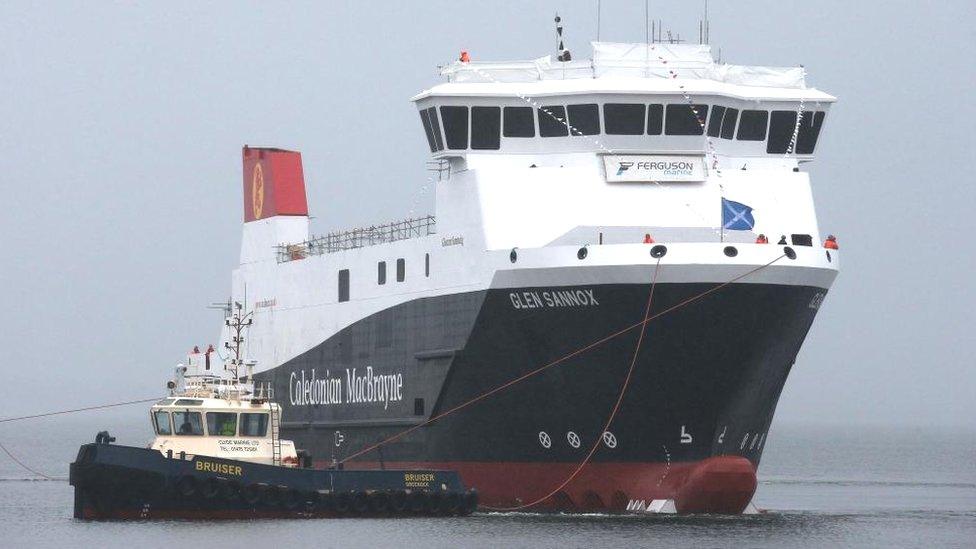No extra cash for Ferguson shipyard modernisation
- Published
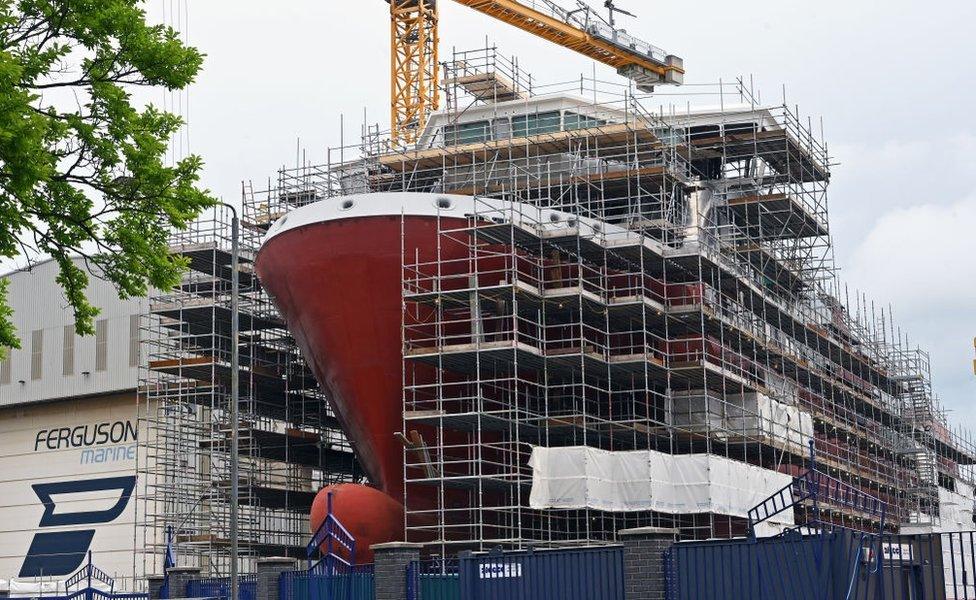
Ministers have turned down a request for extra funding to help modernise the nationalised Ferguson shipyard.
The yard's boss David Tydeman had asked for £25m of investment in a new plating line and software to raise productivity and help it compete for future work.
But Wellbeing Economy Secretary Neil Gray told MSPs he wanted the shipyard to "refine" its business plan before agreeing extra funding.
Earlier, Audit Scotland warned that the yard's future remained uncertain.
In an annual audit report,, external the financial watchdog said the shipyard had no contracted work beyond the CalMac ferries Glen Sannox and Glen Rosa, and that the government had only committed to a further 12 months of funding.
Since becoming chief executive of Ferguson Marine in February last year, Mr Tydeman has been focused on completing the overbudget and delayed ferries, but he has also tried to map out a longer-term future for the Port Glasgow shipyard.
Those plans involved subcontracting work from BAE Systems on the Royal Navy's Type 26 frigates, and winning an order to build a replacement fleet of small vessels for CalMac.
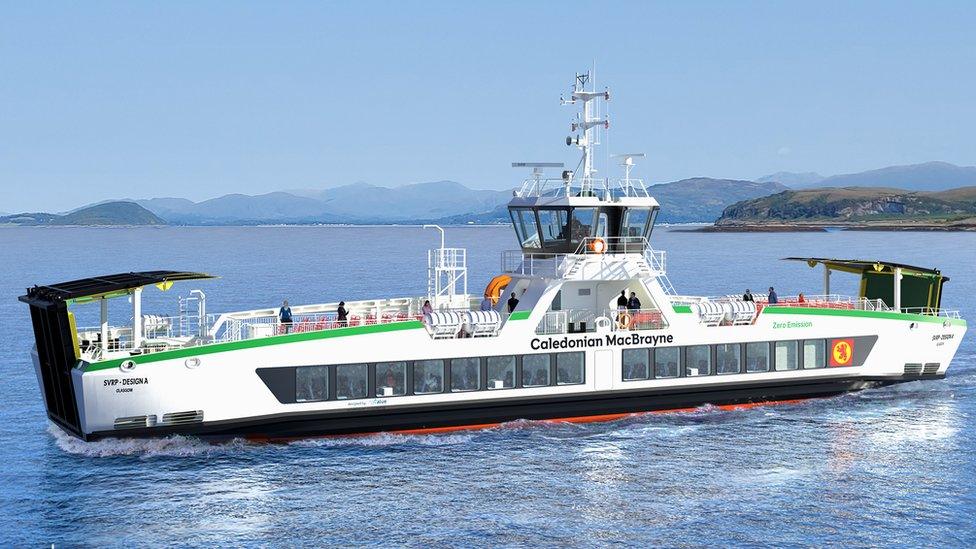
Ferguson Marine is hoping to win an order to build a new fleet of small vessels for CalMac. Concept design image supplied by CMAL.
In order to raise productivity and make the yard more competitive, Mr Tydeman was also asking for up to £25m of extra investment for a new plating line which prepares the steel panels used in shipbuilding as well as burning tables and new computer software.
But in a statement at Holyrood, Mr Gray gave no commitment to fund the new equipment, suggesting that state aid rules were a problem.
He told MSPs the government's "independent due diligence" on this initial request had concluded it would not meet a "key legal requirement".
"We are currently working with them to refine those plans and try to put together a proposal that would provide the kind of future we all want to see," he said.
"Any such request must meet subsidy control rules and needs to demonstrate value for money and be open to parliamentary scrutiny."
Ferguson Marine Port Glasgow (FMPG) said its request for more capital investment was aimed at putting it on a "firm footing" to secure long-term projects.
A spokesperson said: "Given today's announcement by Mr Gray we will now reassess our plans to upgrade the yard infrastructure and install specialist equipment to ensure FMPG is equipped to compete most effectively for commercial tender work."
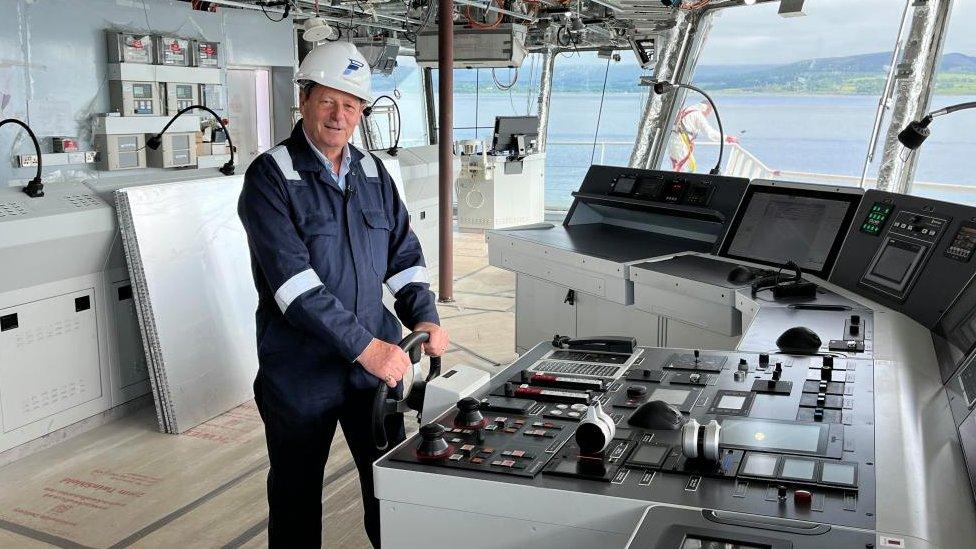
Ferguson boss David Tydeman, seen at the helm of Glen Sannox, has been trying to chart a long-term future for the shipyard
For the Scottish Conservatives, Graham Simpson said a decision on the new plating line was "time critical", and accused the minister of ignoring cross-party calls for a speedy decision.
"He talks about securing a future based on a promising order book. There will be no such order book without that investment," he said.
Scottish Labour MSP Katy Clark also said investment was vital to improve infrastructure at Ferguson Marine, which currently employs about 320 workers.
"Does the Scottish government not accept there can be no further delay and they cannot stand back and sabotage the shipyard," she asked.
Safety regulations
Shortly before Mr Gray's statement, Audit Scotland published a report which suggested the yard's future was precarious.
It said there was "risk and uncertainty around the financial sustainability of FMPG with no contracted work beyond the completing of 801 (Glen Sannox) and 802".
It also reported that during 2022/23 a further £86,551 was paid in bonuses to nine managers, including £39,334 to Mr Tydeman. The yard's management had concluded, after taking legal advice, that it had an obligation to pay these based on performance targets being met.
During his statement, Mr Gray also announced that proposed safety changes on Glen Sannox and Glen Rosa had now been agreed with regulators.
The Maritime and Coastguard Agency (MCA) wanted improvements to passenger evacuation routes before granting a passenger safety certificate.
The shipyard is now widening corridors and building extra staircases to satisfy regulations. The total number of passengers is also likely to be reduced from 1,000 to 852.
Glen Sannox is currently due for delivery at the end of March next year, while Glen Rosa will be launched next March and completed in 2025.


The Scottish government has sunk almost half a billion pounds into the Ferguson shipyard and its long-delayed ferries.
But now it seems reluctant to commit more funds. So you might ask - why?
Shipyard bosses want to secure the future of the yard, by building seven new small Calmac ferries.
They want a direct award for that work - so they face no competition for it.
The Wellbeing Economy Secretary Neil Gray didn't rule out that idea.
But he didn't commit either, and warned that direct awards could only happen in limited circumstances.
Breaching those rules, he said, could lead to legal challenge and delays.
What then are the prospects for the yard's other great hope - new funding for a plating line?
This, they say, would allow them to compete for contracts to build sections of Type 26 warships for BAE Systems at Govan.
Again, no funds were committed.
The business case for this investment is still being developed, we were told.
But there's a problem - a decision is urgently required.
The plating line has to be ordered from its Finnish builders by the end of the year, if the machinery is to be installed at the shipyard by 2026.
The longer the delay, the worse the prospects for the shipyard's immediate future.
But ministers have had their fingers burned before - and are reluctant to waste any more taxpayers' money.
Neil Gray confirmed the second ferry, the MV Glen Rosa, will be launched on 12 March 2024.
We don't yet know if it'll be the last major vessel to be built at the Ferguson yard.
Related topics
- Published10 November 2023
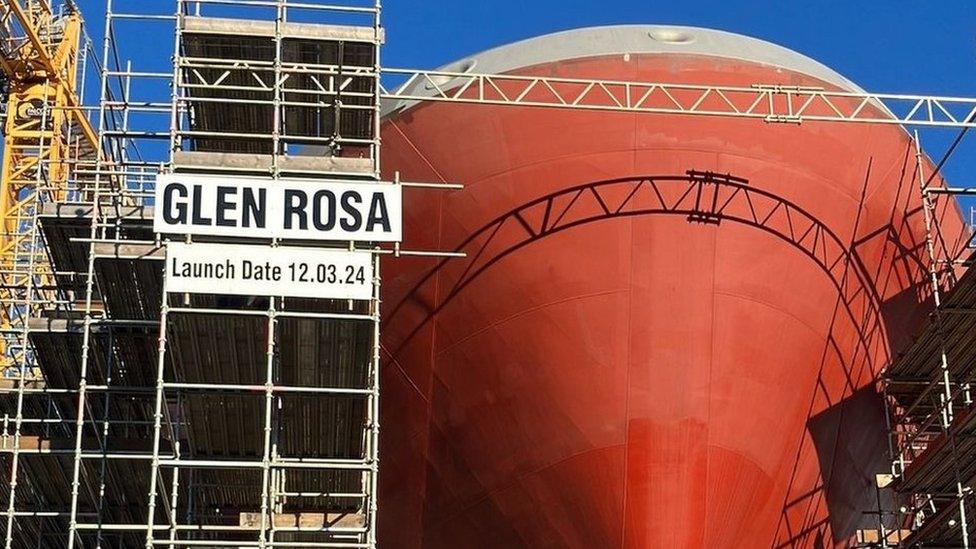
- Published3 November 2023
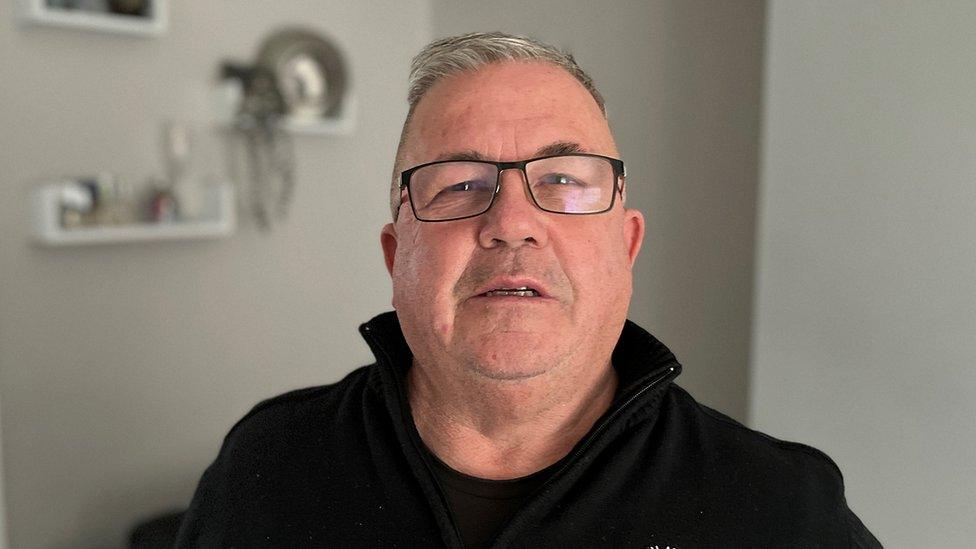
- Published24 October 2023
